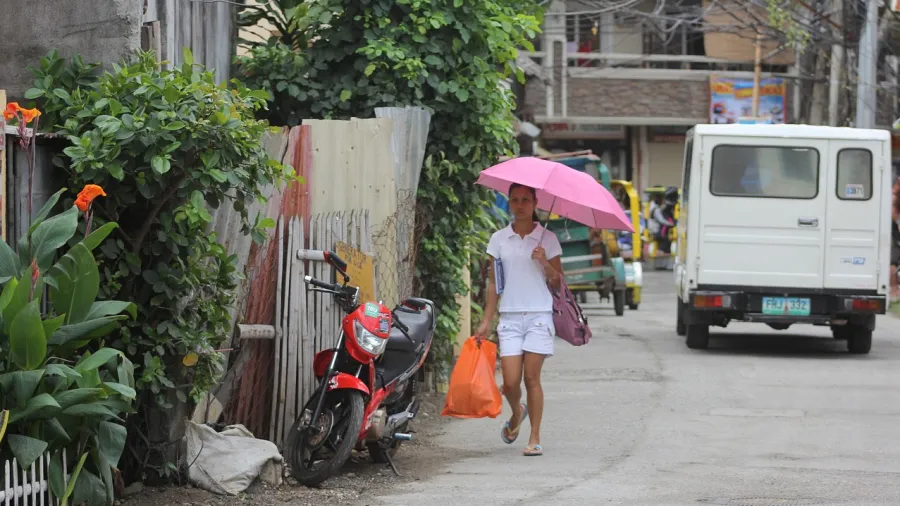
Climate change impacts wind turbine infrastructure, insurers advised
A 10% decline in wind speed can result in over a 30% reduction in output.
Climate change is expected to alter global wind patterns, impacting wind farm productivity. In some regions, average wind speeds may decrease, affecting energy generation, whilst increased storm intensity and more frequent lightning strikes pose risks to wind turbine infrastructure. Insurers and producers must closely monitor these trends, Swiss Re Institute (SRI) said.
To plan for expected electricity output, business owners must consider projected changes in wind speeds and include a range of wind projections in their investment planning, SRI said in their latest “Climate Change and Wind Power: The Winds of Change”. Risk prevention measures should address increasing climate risks, incorporating turbines with greater resilience to wind gusts, lightning strikes, and heat.
Extreme wind speeds also reduce productivity as turbines shut down to prevent damage. Observations indicate a global decrease or no change in the frequency of tropical cyclones, but an increase in the intensity of major tropical cyclones (Category 3-5).
This trend is expected to continue, with average and peak wind speeds during cyclones increasing due to climate change.
Additionally, tropical cyclones are projected to shift northwest and north, affecting regions like eastern China, Japan, and Korea more intensely. The impact of more severe storms will be compounded by rising sea levels, inland flooding, and changing wave patterns.
Offshore wind investments, although offering higher wind speeds, are riskier and costlier due to longer downtimes and higher replacement costs. Offshore turbine replacements can be 5-10 times more expensive than onshore ones.
Wind power investments will inevitably become riskier as easier sites are developed first, leaving riskier locations for later development.
Climate change will exacerbate these risks. For example, Texas has significant wind power potential but also faces large storm exposure and a projected increase in the number of extremely hot days.
Currently, there is around 1 terawatt of installed wind power globally, comparable to the annual electricity consumption of the Netherlands. This capacity is projected to double by 2030, although still below net zero targets. Wind power is significant in many regions; for instance, in 2023, the UK derived 29% of its electricity from wind, while the EU averaged 18%.
However, climate change will impact wind power through changing wind patterns, increased storm intensity, more frequent lightning strikes, and heatwaves that shorten equipment lifespans and increase turbine downtime.
In late 2021, Northwestern Europe experienced a 'wind drought,' with wind speeds falling 15% below average, linked to Arctic warming and reduced temperature differentials between the tropics and the pole. This phenomenon recurred in winter 2022, with high-pressure patterns over the northeastern Atlantic and Greenland causing low wind speeds.
Wind droughts have significant consequences. In September 2021, wind's contribution to the UK electricity mix dropped to 2%, necessitating the reactivation of coal plants. In December 2022, a similar fall in wind power, coupled with rising natural gas prices, drove UK spot electricity prices to record highs.
The relationship between wind speed and electricity production is non-linear; a 10% decline in wind speed can result in over a 30% reduction in output.
The Intergovernmental Panel on Climate Change (IPCC) projects a 10% drop in average annual global wind speeds by 2100, with regional variability.
One study suggests that 11% of global wind power plants could see a 5% decrease in average wind speeds under a low emissions scenario (SSP1-2.6, associated with warming below 2°C), increasing to 18% under a high emissions scenario (SSP5-8.5, associated with warming above 4°C).
Risk transfer solutions like index-based wind resource volatility cover can help protect investors and stakeholders from financial risks due to uncertain wind speeds.
Most wind turbines are designed to withstand winds up to 112 mph, equivalent to a category 3 hurricane. Speeds above this threshold can damage rotors and topple turbines.



















 Advertise
Advertise








